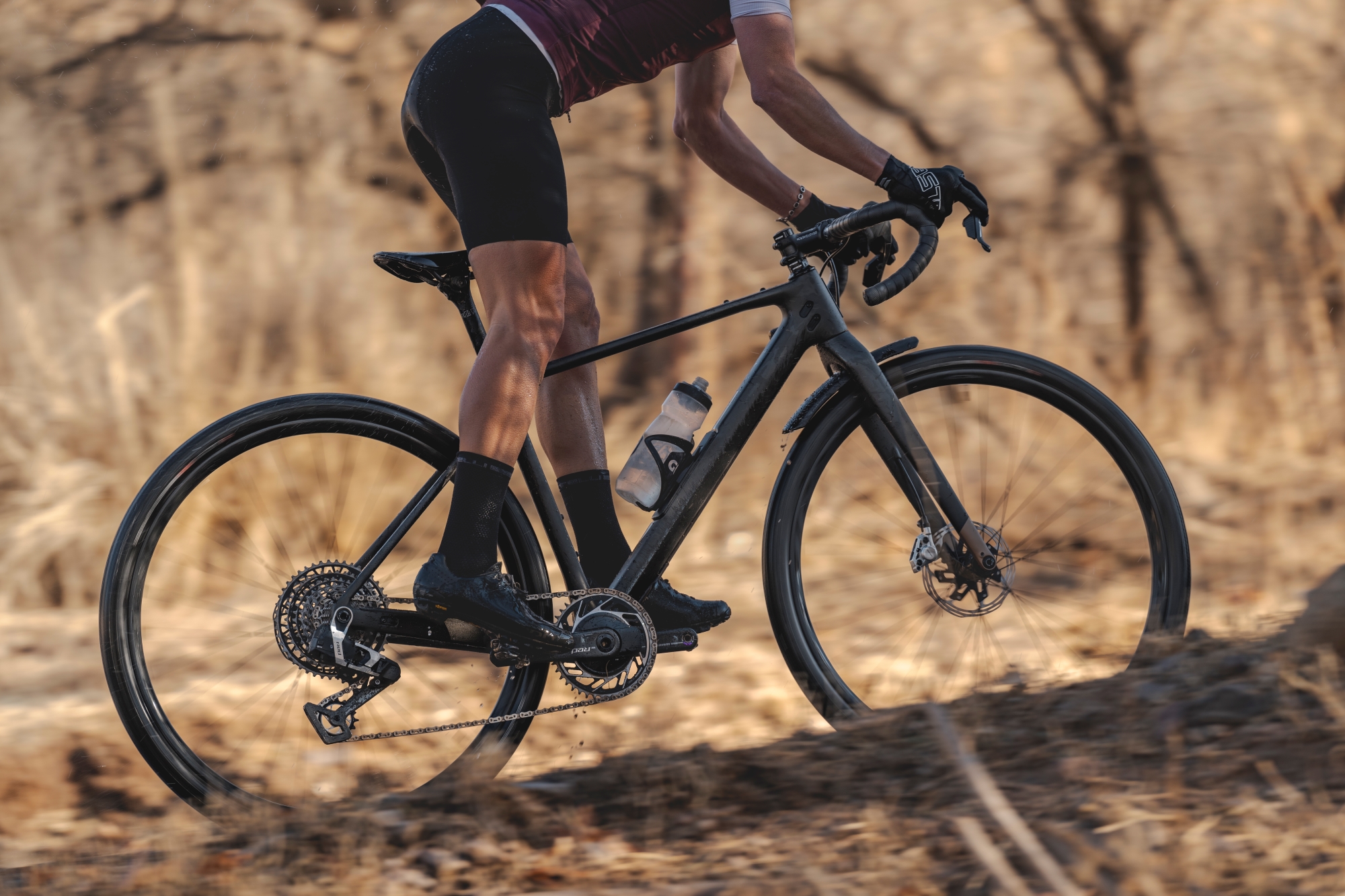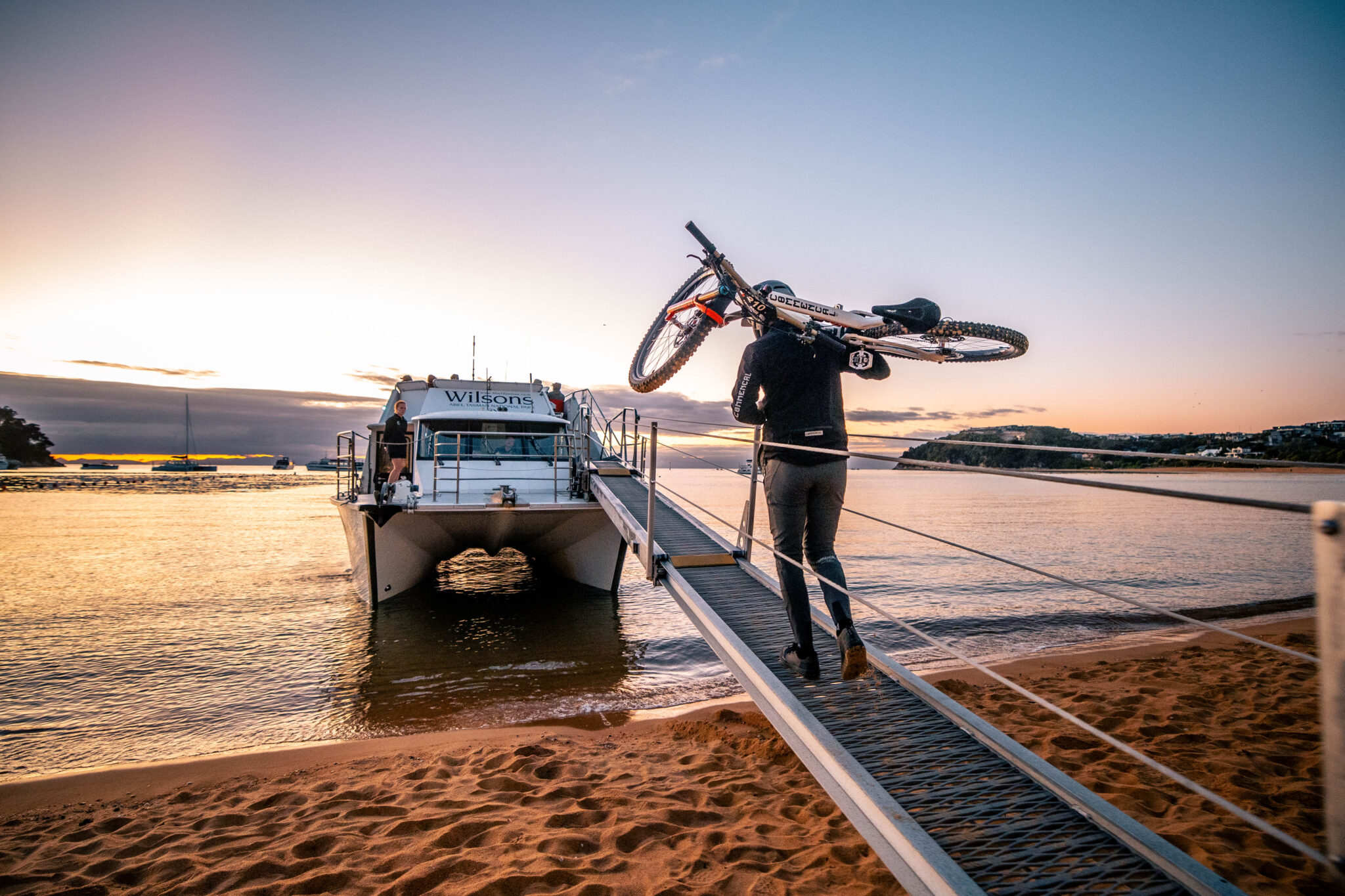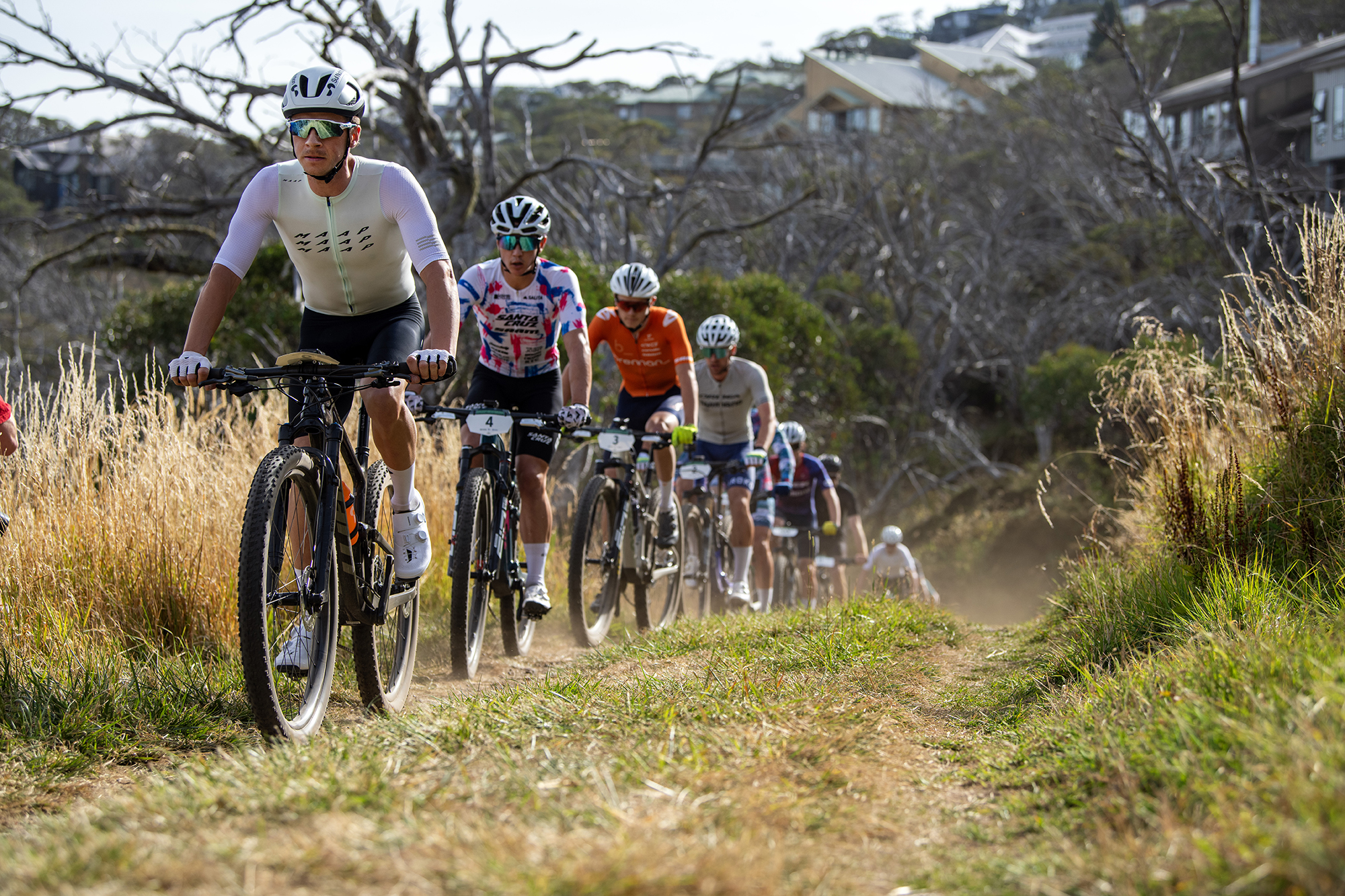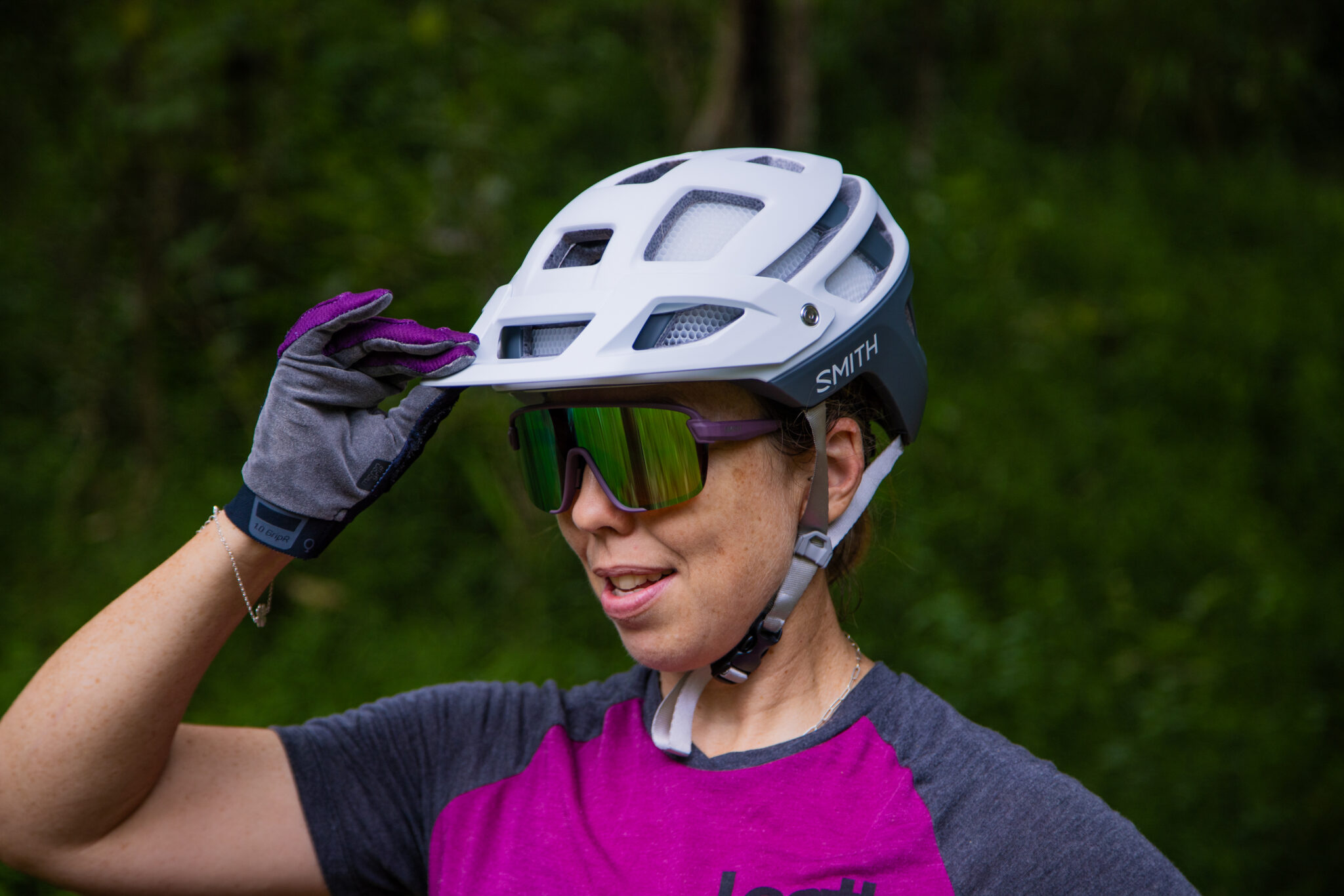KTM bicycles - haus proud in Austria
KTM bicycles are a world apart from the motorbike company - except both factories are in the same town in Austria. We visited Mattighofen to find out a little more about where KTMs come from.
During our winter, the AMB team visits many European mountain bike hotspots, but we snuck in a visit to the KTM factory in Mattighofen, Austria, to learn a bit more about the brand, how they operate and why they are so proudly Austrian. KTM are imported into Australia via KTM Bike Industries.
Photos: Imogen Smith and KTM
There is a very strong sense of national pride in Austria, as well there should be. Unlike Australia, most European countries share borders with a handful of other nations. It's worth holding onto your identity. From flower boxes planted in the colours of the flag, traditional dress still in common use, to menu items that you will really only find when in Austria. It's universally known that the majority of the bike industry is based in Asia, but it was interesting to learn what KTM are doing to keep their bikes “Made in Austria” via work efficiencies, but also what they're doing to follow new trends and lead the market in some areas.
A FACTORY TOWN
When you hear of KTM, chances are you think of motorbikes, and the colour orange. We have tested a number of KTM mountain bikes in previous issues of AMB, and it's worth noting that the KTM Bike brand is different from the KTM motorbike brand – they split in the mid-1990s, although both factories are still based in the town of Mattighofen. The bike factory employs 300 people, and the motorbike factory employs about 1000. With a town population of about 6000 people, Mattighofen is quite a factory town.
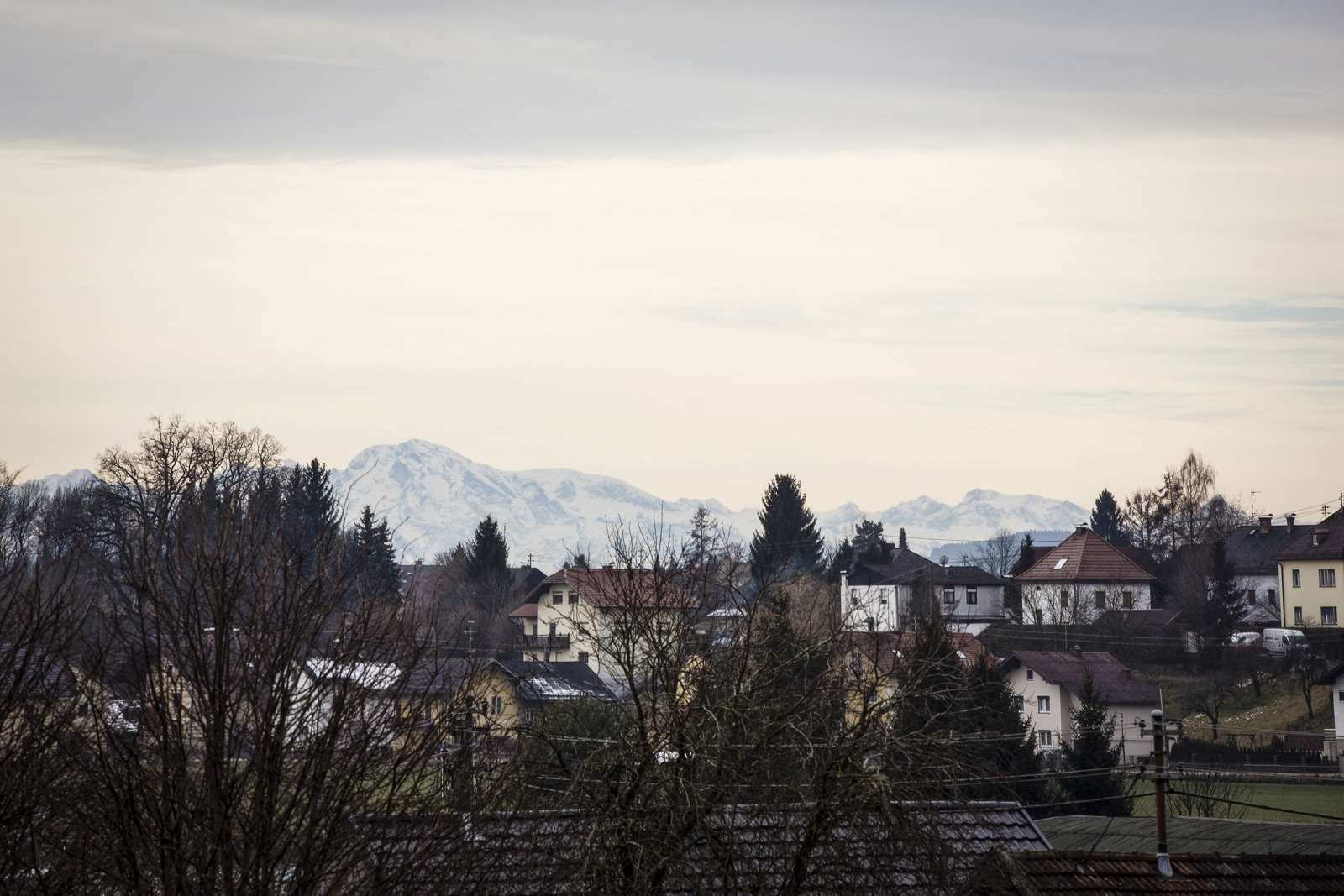
In 1997 KTM Bikes was close to bankruptcy. Despite producing bikes since 1964, the company faced troubles. It needed to be more efficient and innovative, and KTM were the first big brand to push E-bikes onto the market. Although slow to adapt, Europe is now buzzing silently with electrically-assisted hybrid bikes, and increasingly with E-mountain bikes too. Of course, their range is more than electronically assisted bikes, with disc-equipped road and cyclocross bikes mixing in with carbon fat bikes, downhill bikes, long travel 27.5” enduro bikes, and plenty of 27.5” and 29” hardtails and full suspension trail bikes on offer.
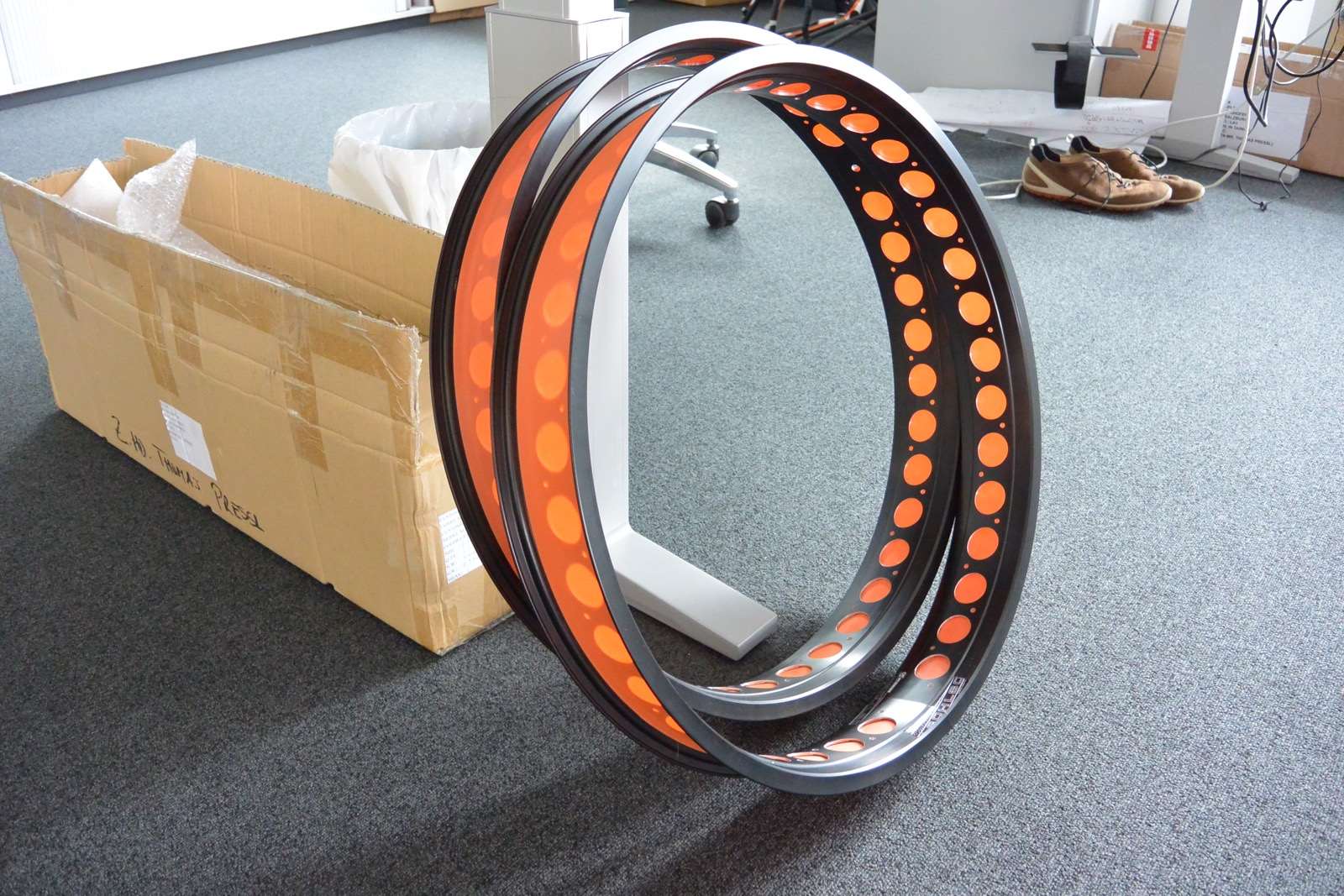
Celebrating their 50th year in 2014, KTM are now in a healthy position, and export to 50 countries all around the globe. Not bad for a company operating from a small town in Austria.
AUSTRIAN EFFICIENCIES
Arriving in Mattighofen was abrupt. One minute we were driving through pine forest, then some fields, and then we were on the edge of the small town, at a neat new building. No light industrial wasteland or commercial park. Just an orderly building opposite a field. Inside, the show room contained lines of 2015 bikes, ready to be photographer for the catalogue. Hardtrails, hybrids, cyclocross bikes, enduro bikes, road bikes, fat bikes… wall to wall, matched in depth only by the KTM accessory, shoe and clothing lines, which we are yet to receive into Australia. We were lead through the new KTM building by Marketing employee Martin Gaber, himself a retired (but still very young) racer. We have arrived in late July, when the factory is closed. The offices are still running of course, but it's very quiet. Factory workers have two months of holiday through the summer.
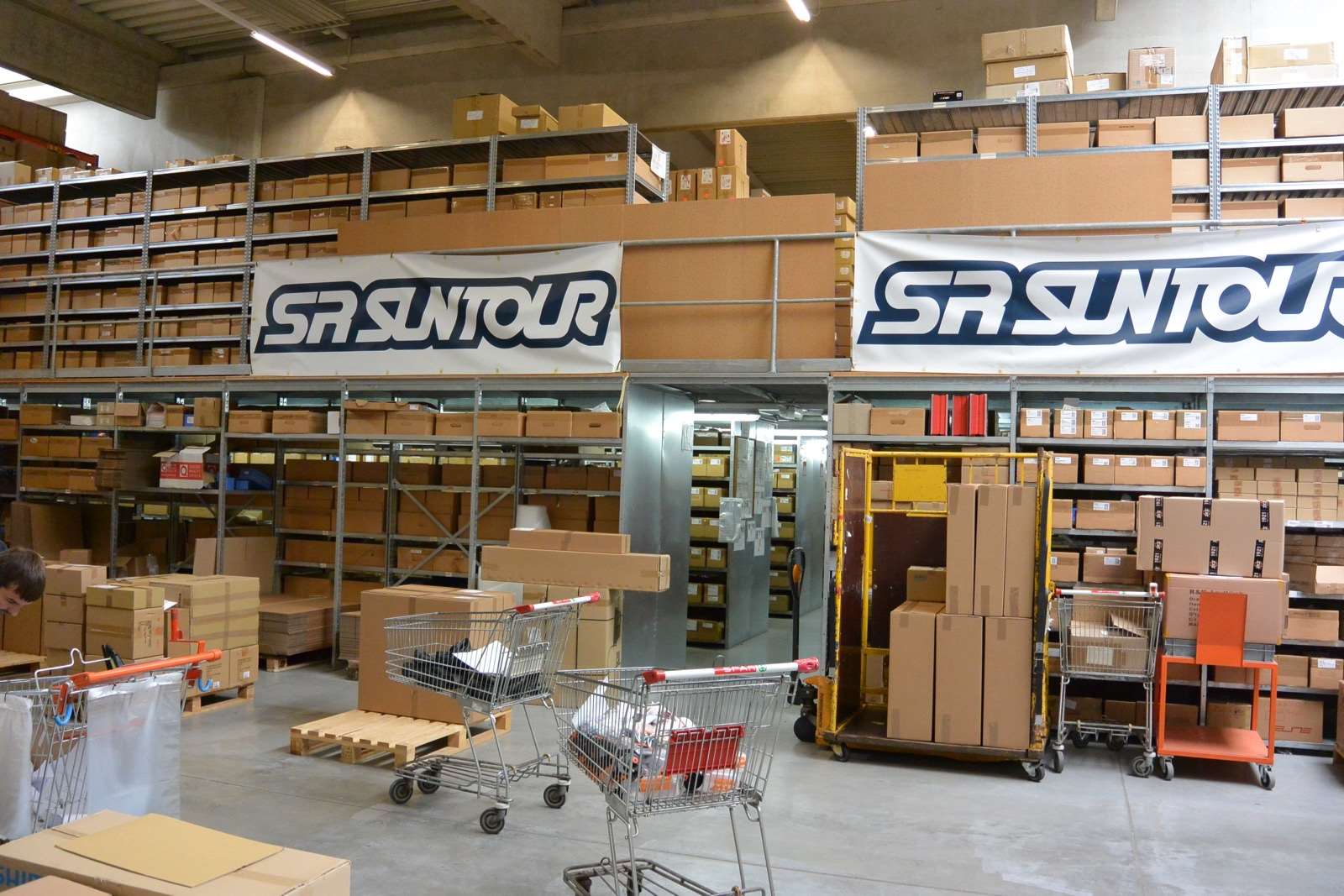
Before arriving, we weren't sure whether we would just be at a warehouse where bikes built in Asia were checked and distributed. This isn't uncommon, as we all want better value bikes, manufacturers need to reduce their costs to get retail prices lower. The reality was far different. KTM have all their frames made in Asia to their designs and quality control standards. But they are shipped back to Mattighofen, where the process of painting, stickers, assembly, quality control and packing have been made as efficient as possible to keep the building of the bikes in Austria. To make the bikes Austrian.

In a large, open office Martin shows us where the design team are based, with countless prototype frames and bikes leaning against desks. Next door there is a 3D printer, so they can have a quick turn around on frame designs to get a feel for the product before refining moulds. They're not ordering frames from a factory catalogue afterall, they are designing frames, modifying the designs, and then finally sending the plans to Asia for a protoype model. We even spied a 3D printed balance bike parked on top of a cupboard? Perhaps a side project for one of the production team.
We're lead down a hallway, with a line of plastic crates holding group sets, wheels and forks against the wall. Each box has a hand written note on it, marking what model and bike size the group is designated to. Each part has been picked from the warehouse of components, ready to be built up onto the designated frame.
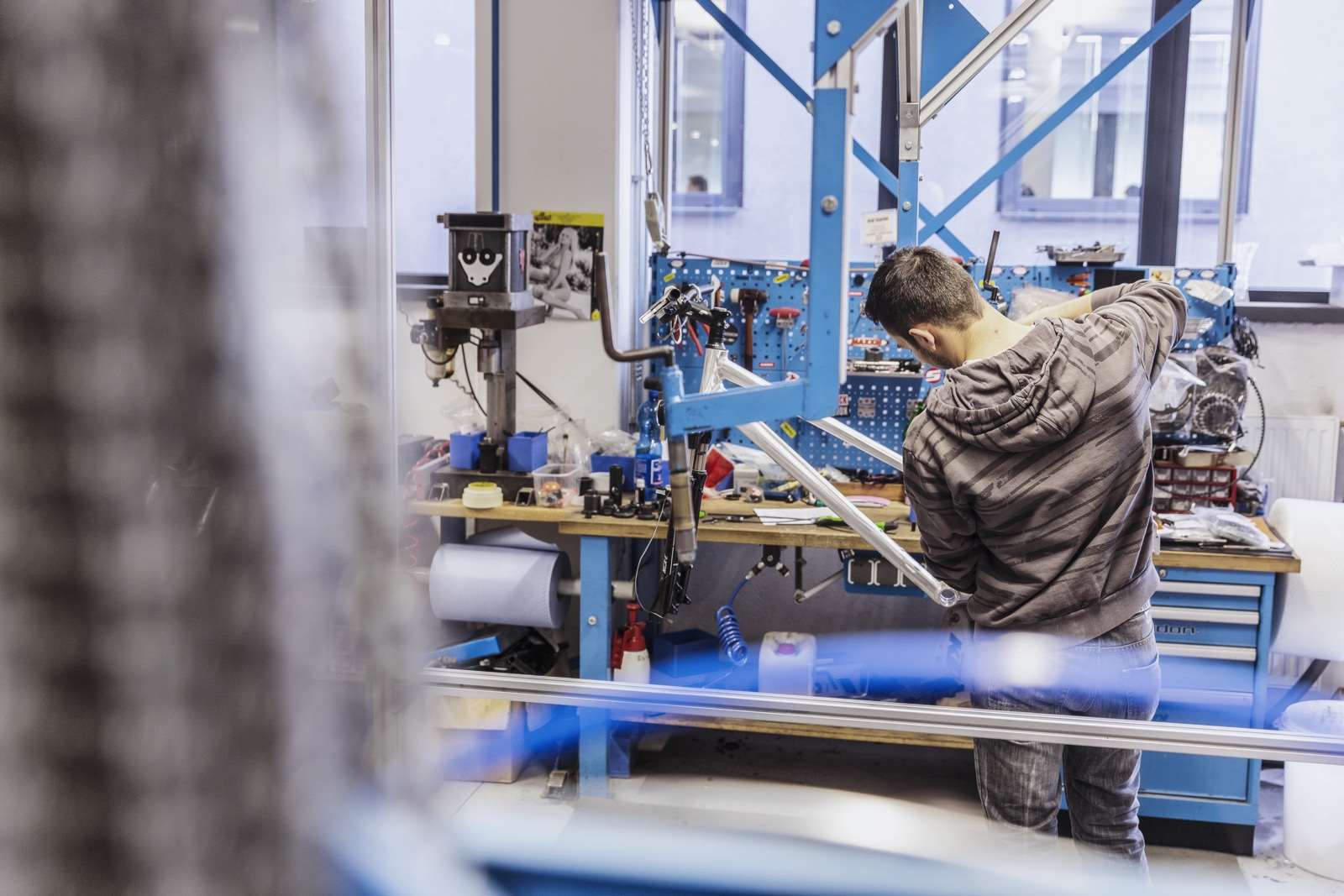
“In that workshop, only our very best mechanics work. They build all the bikes that are higher value, like the carbon fibre bikes” explains Martin, pointing to an expansive and spotless workshop behind glass walls.
When the blank, unpainted frames are returned to Mattighofen, the process of building the bike begins. From paint, to stickers, to fitting every single part – the bike is built under the roof of the building we were in.
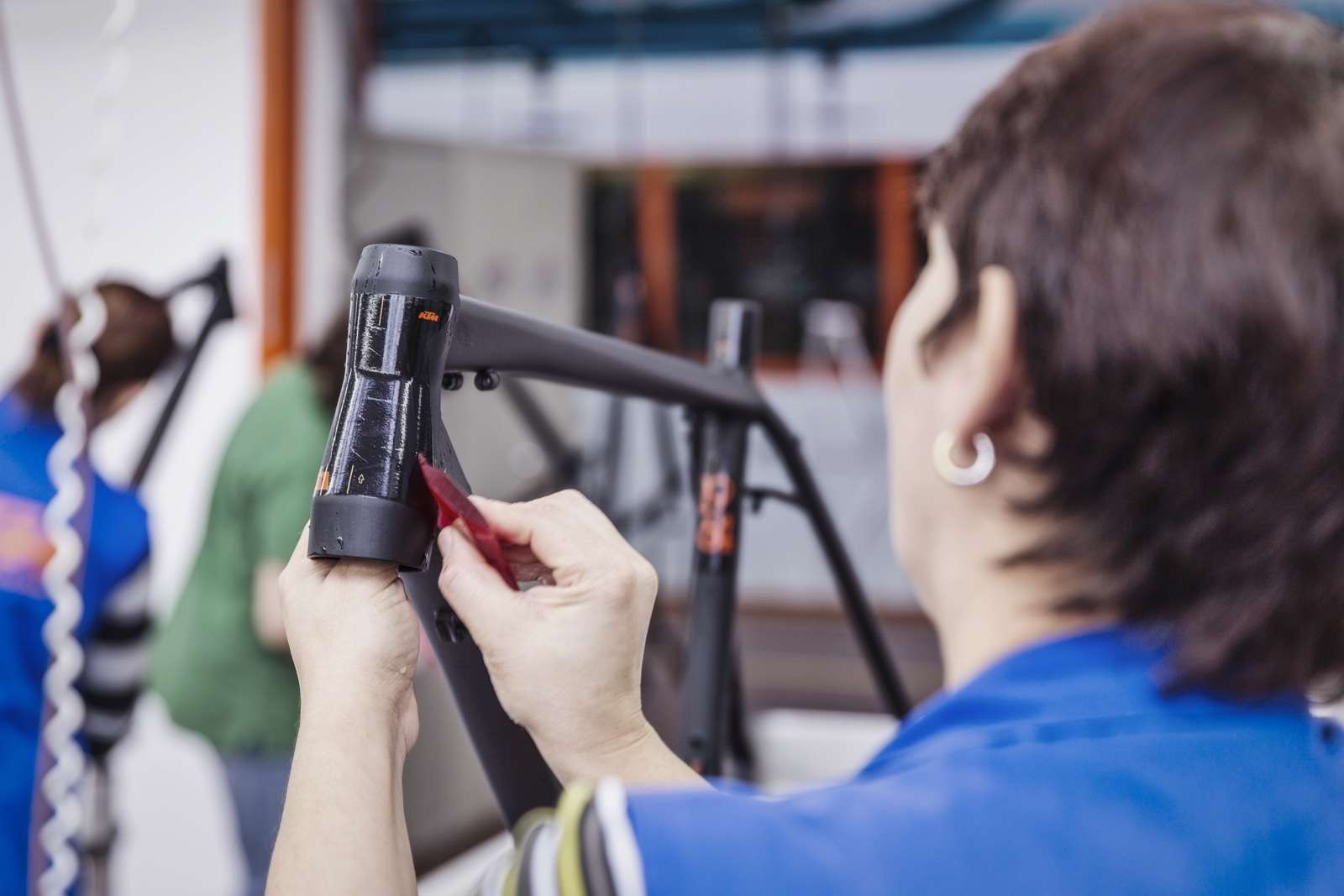
We go through the double doors into the factory itself. There are a row of hooks on a track that runs through a lot of the factory. Frames are transported to the paint area, where they are painted, the paint is set, and then they move on for stickers. It's reminiscent of scenes from an abattoir, but the frames are carcasses that will instead be brought to life, not destroyed.
Martin leads us to the room where the stickers are placed on the frames. It's clean, orderly – and of course empty and silent at the time, “Only women work here, they make fewer mistakes and work faster than men for this job. There are no wrinkles in the stickers when the women put them on.”
We're surprised, but it makes sense. The largest room has about 20 work stations, basically workbenches with compressors, tools, relevant small parts and a bike stand. “Each station has one man and one woman building the bike. We have found this is the most efficient,” Gaber explains, matter-of-factly. Far from an employment practice that would be tolerated in Australia, KTM have made this decision after trialling different teams and proving it to be more efficient. Maybe our workplaces could learn something from the Austrians at KTM?
This process has been refined to be highly efficient – as efficient as possible to justify the buidling of the bikes taking place back in Austria. The factory produces 700 bikes a day, with staff working shifts that start at 6am, finishing at 3pm, with structured breaks. Again, they have shown this is the most efficient time to work, with breaks managed to maximise productivity.
MADE IN AUSTRIA
The small changes and moves for efficient production intrigue us, but Martin is still very matter-of-fact, “Ja, but we have to. If we can't be so efficient our production moves to Asia.” And with it lots of jobs for this small town. The whole company strives for the efficiencies in production and workplace practices, and not without reason. KTM have been approved by the Austrian Government to label their bikes “Made in Austria”, something that the whole company is very proud of. Austrian people like to support Austrian products, and although Germany is the largest customer for KTM bikes buying about 60 000 bikes a year, Austria is only just behind, buying about 50 000 a year, despite a much smaller population, barely 10% of their northern neighbour.

This reward is a fantastic result for the company, being able to come back from the verge of bankruptcy in 1997, to keeping their bike building in Austria, to earn the title “Made in Austria” and keeping final production out of Asia, something that the Taiwanese born (but Salzburg based) owner Ms. Carol Chen-Urkauf worked hard to achieve.
We left amazed that a company working so hard to keep their production line out of Asia, is operated by a Taiwanese born owner. But she lives in Austria, and that's where she wants her bikes built, so they can be labelled “Made in Austria”. It seems like the division of the original company was the divorce settlement for the owner, with Mrs KTM taking bikes, and Mr KTM taking motorbikes. And Ms Chen-Urkauf has done a brilliant job.
KTM ROLLING ON DT WHEELS
In a bid to prove the quality of their product, and maintain quality control, KTM have partnered with DT Swiss for the wheels of their bikes. KTM are passionate about the quality of their bikes, from the design, the frame, the build quality, and didn't want to be let down by the wheels. With DT Swiss providing the materials, they now build all the wheels for their bikes in the Mattighofen factory. Wheels are machine-built and hand-finished to their standards, from wheels on custom RS1 specific hubs to fat bike wheels.

E-BIKES
Perhaps more divisive than the wheel size debate is the introduction of E-bikes to the mountain bike world. KTM delivered the first E-Downhill bike in 2011, and their range of dual suspension and hardtail E-MTBs is quite impressive. While we don't receive them on the Australian market, the factory has a whole separate wing for E-bike building and testing, as staff specialise in their role, and keep the efficiency of the work place very high. E-bikes are big business for KTM, 15% of the bikes they sell are electronically assisted, and they make up 30% of their annual turnover.




